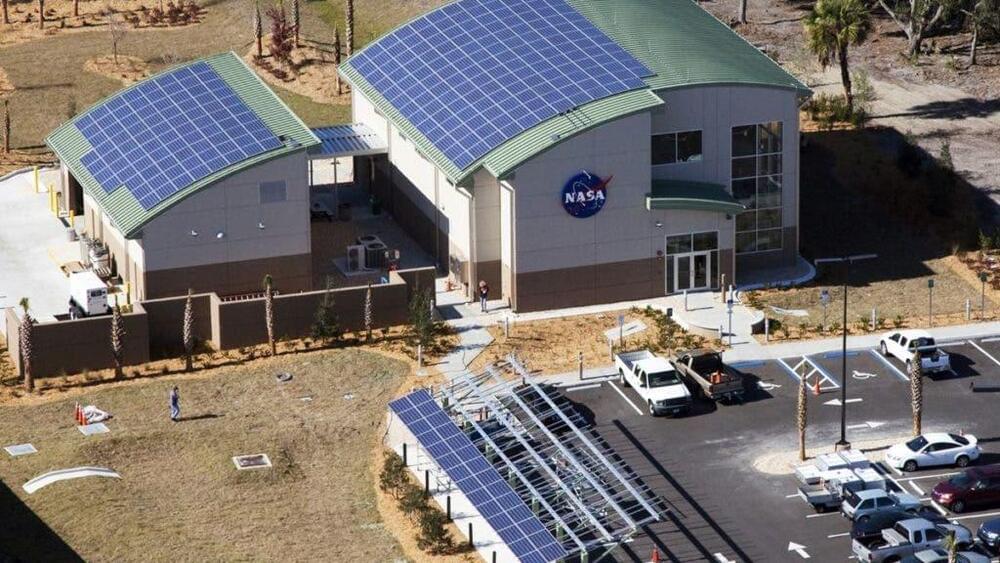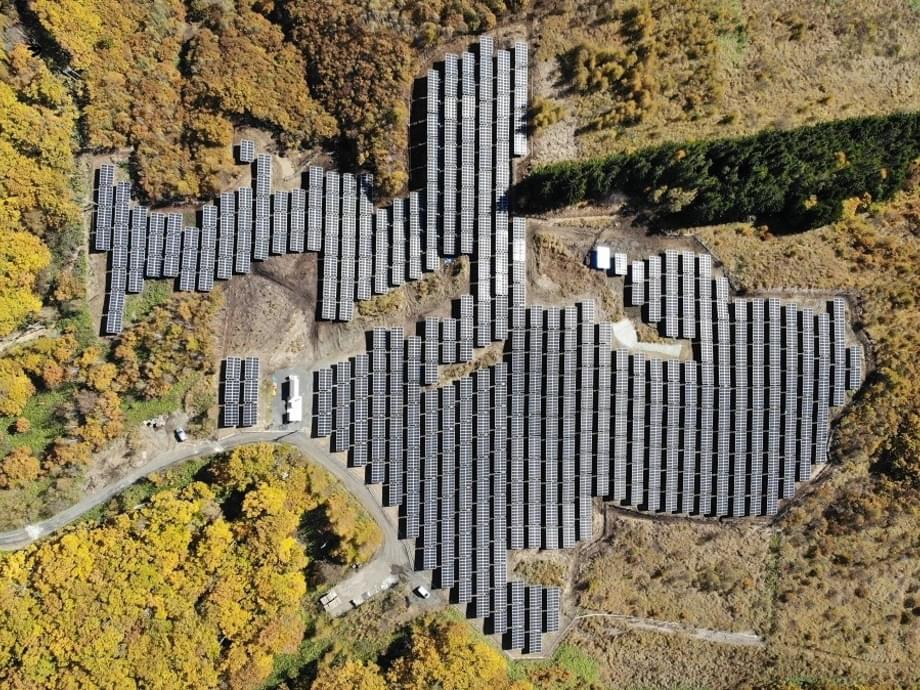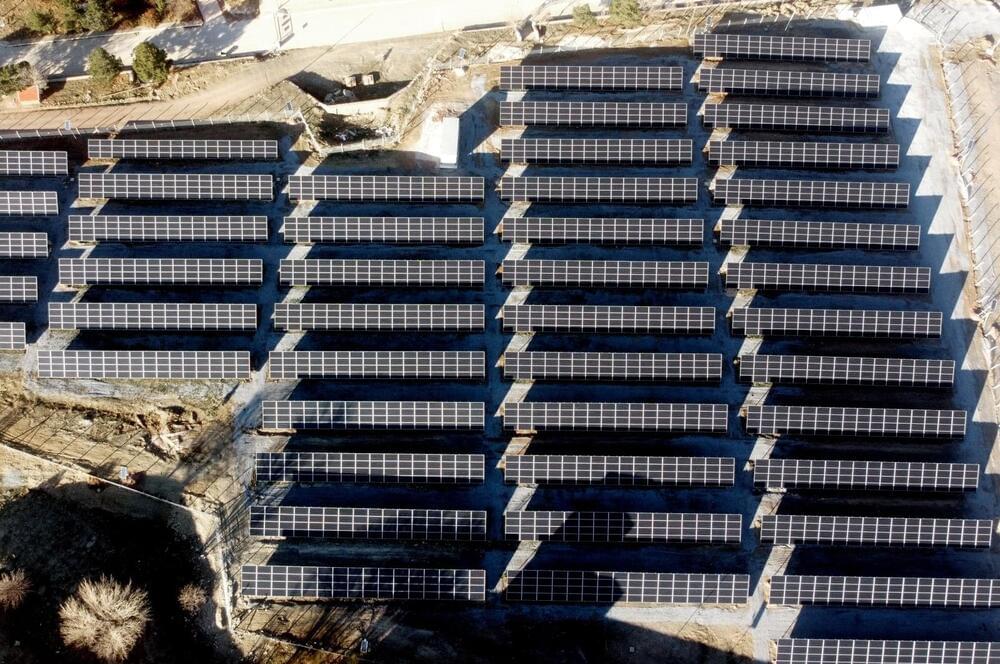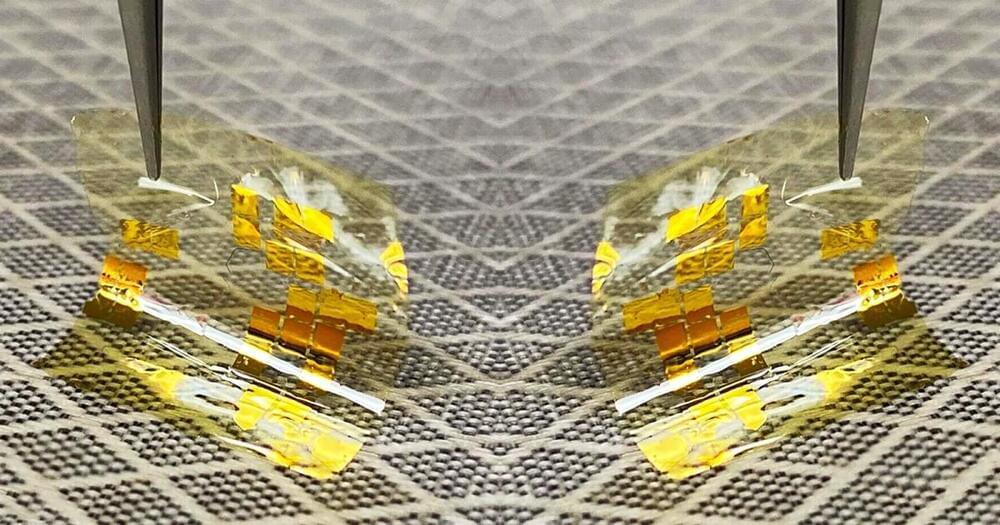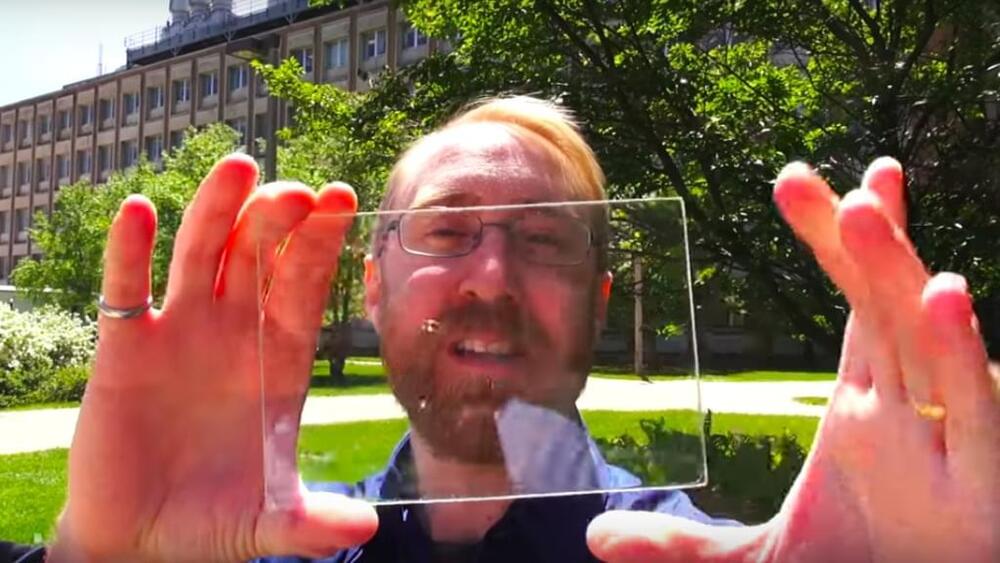Forest Lodge Orchard is New Zealand’s first zero-emissions food producer. Forest Lodge Orchard is located in Central Otago, New Zealand, and is 100% free of fossil fuels. The farmers have electrified everything at the orchard — their irrigation, frost-fighting fans, electric vehicles, tools, and more. Supporting this electrification with a 45 kW solar power array and extendable battery storage system.
In January 2022, Forest Lodge will have its first zero-emission harvest of cherries. The focus is on the climate, and the folks at Forest Lodge believe that New Zealand’s future as a food-producing nation will excel with the ability to grow and produce food in a sustainable and climate-friendly way.


